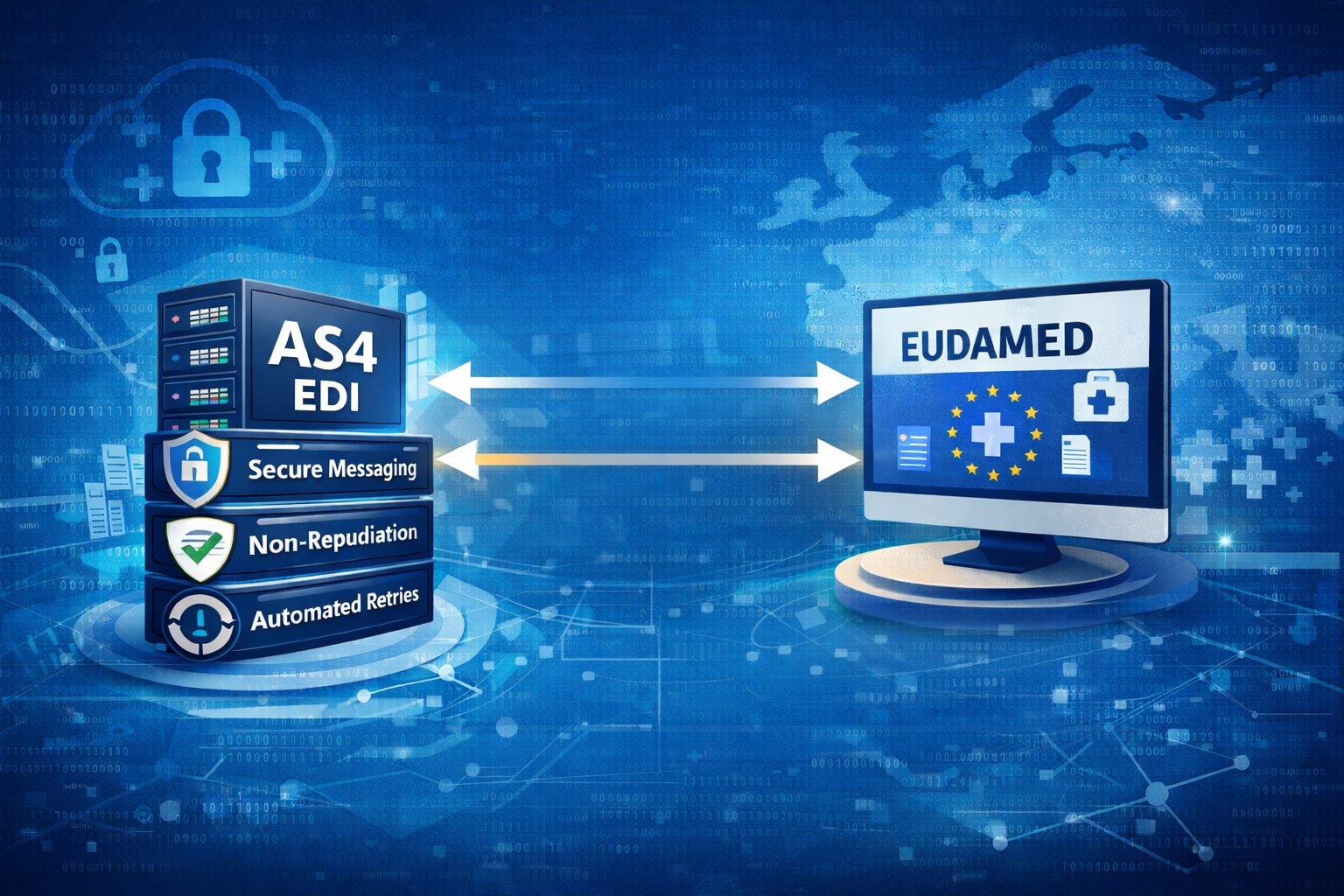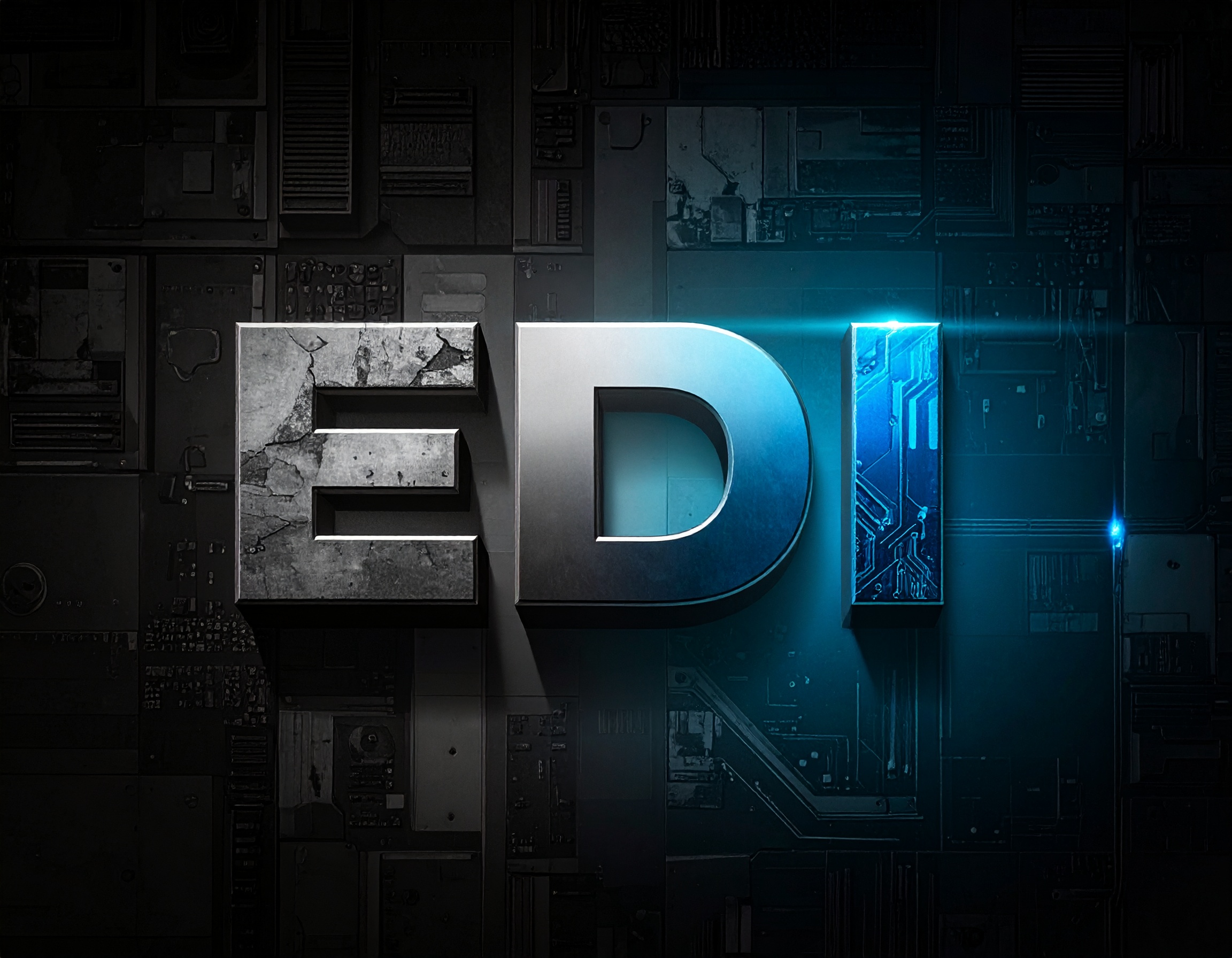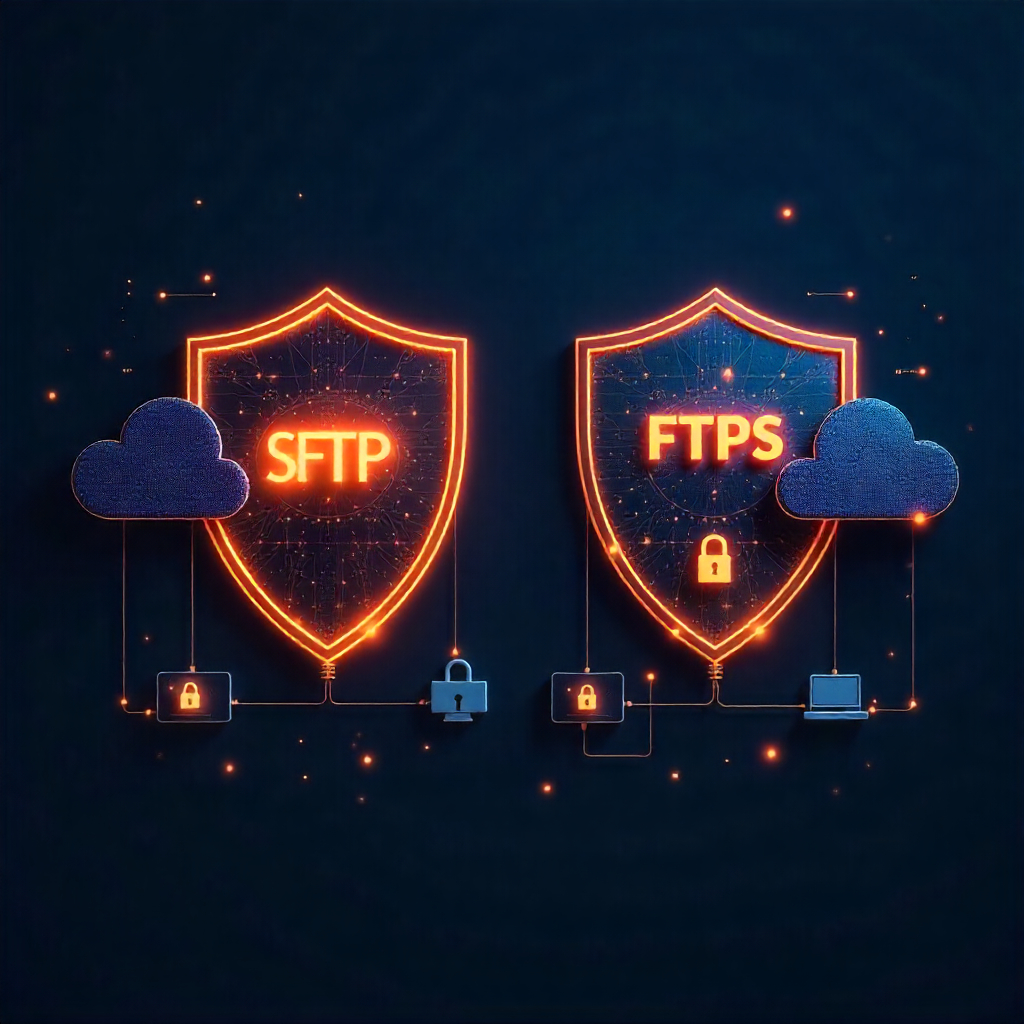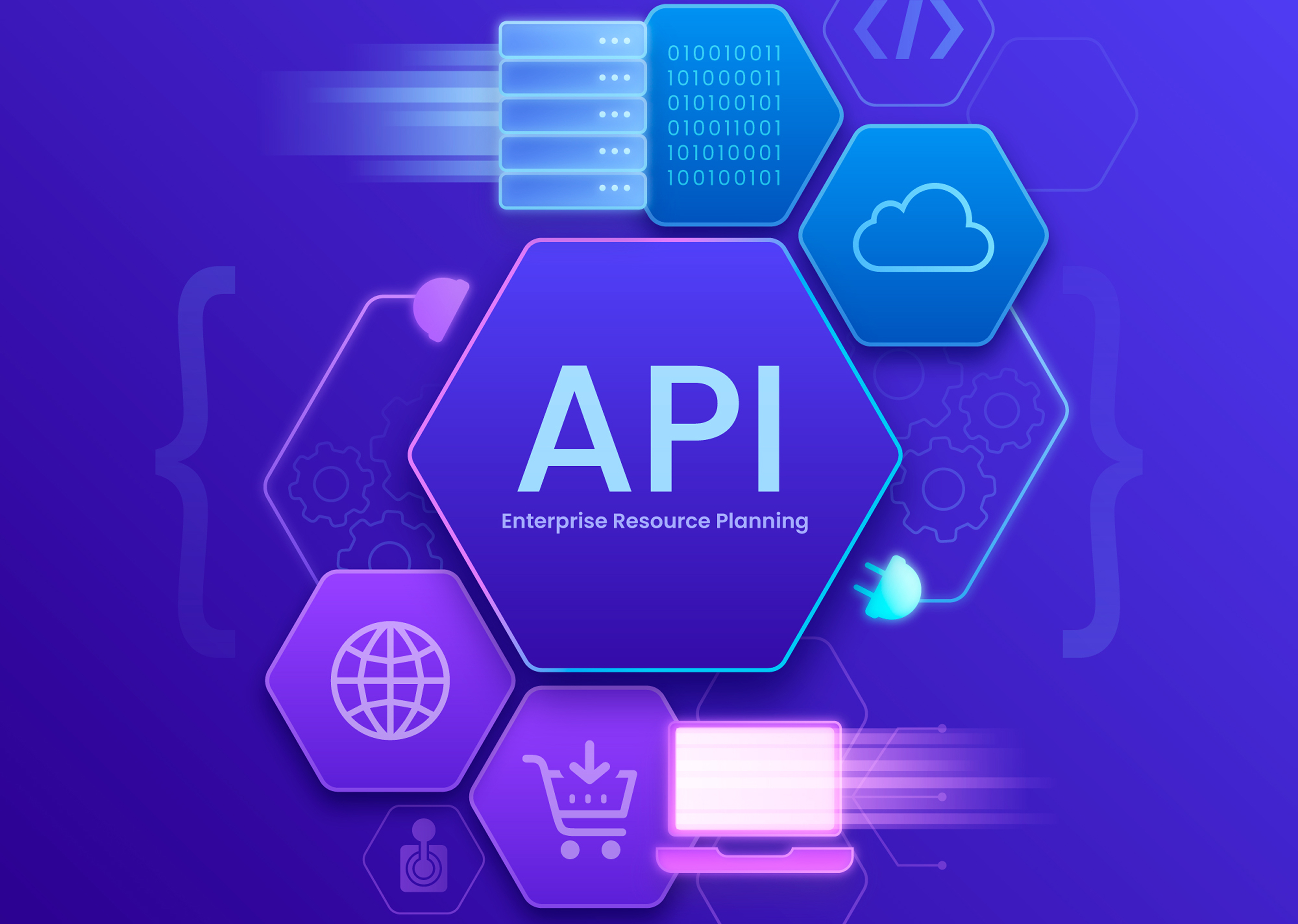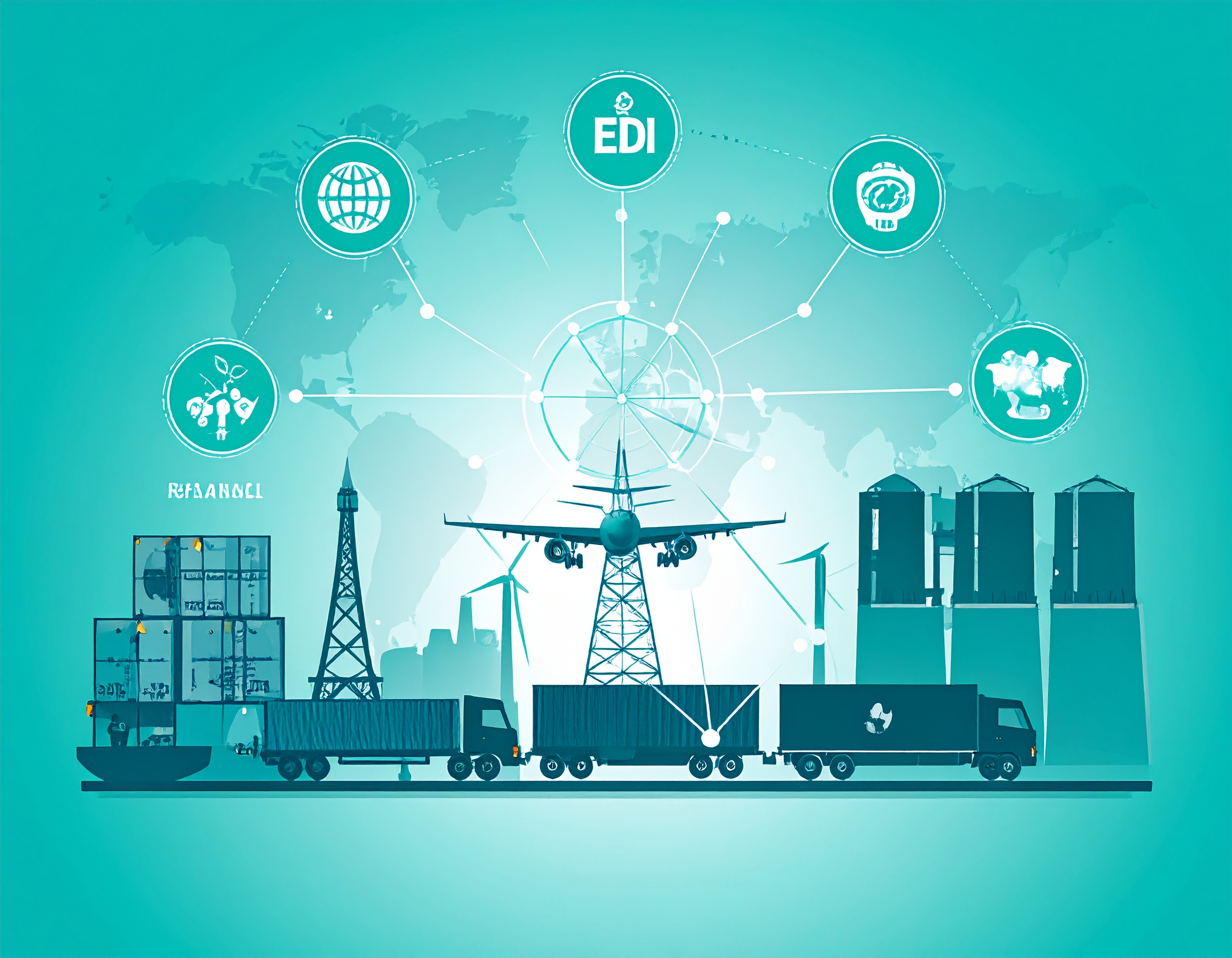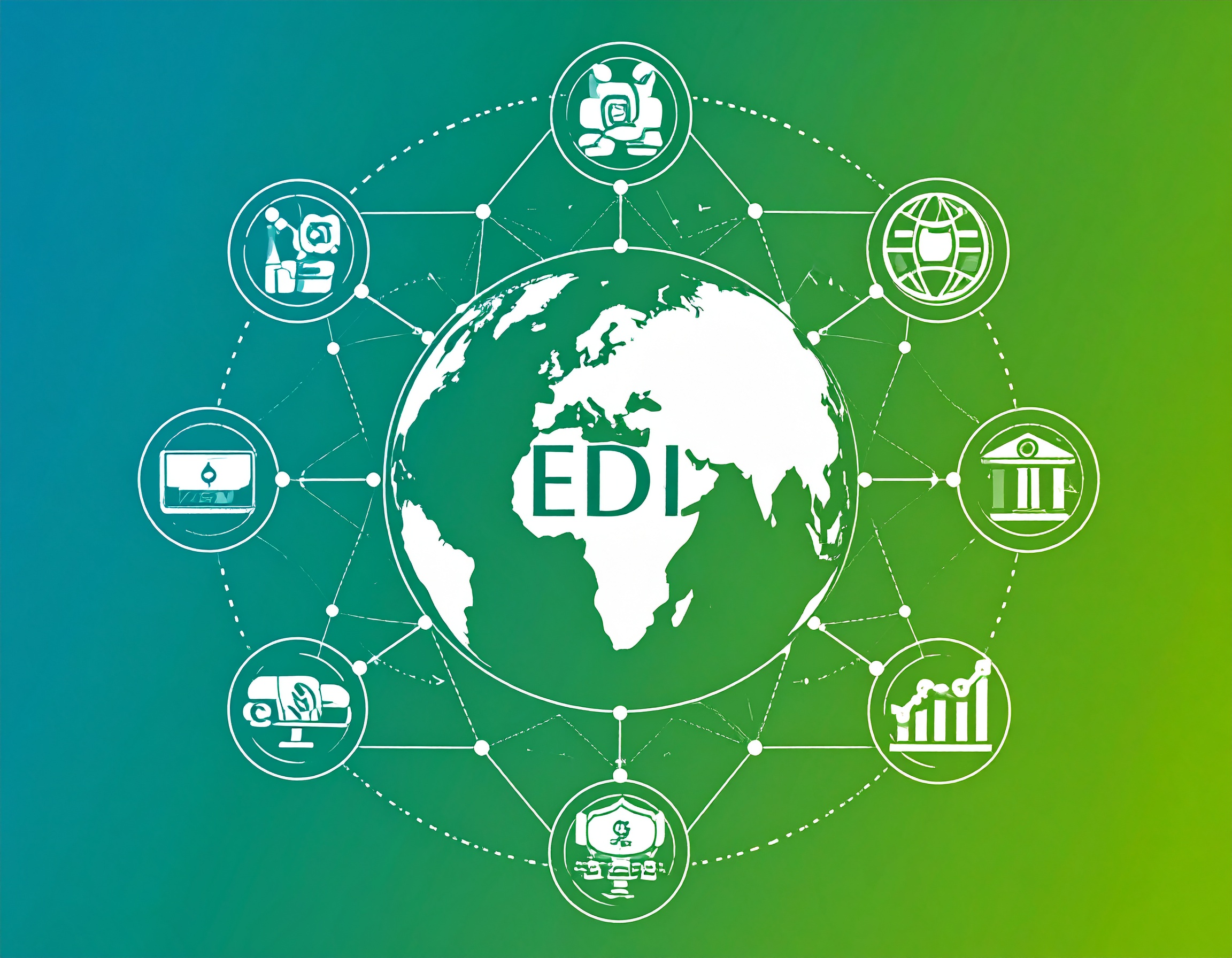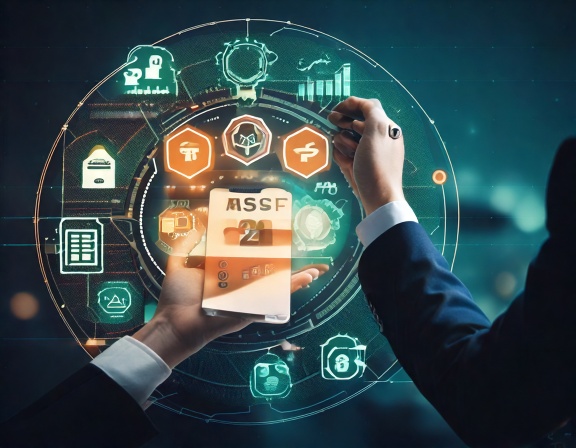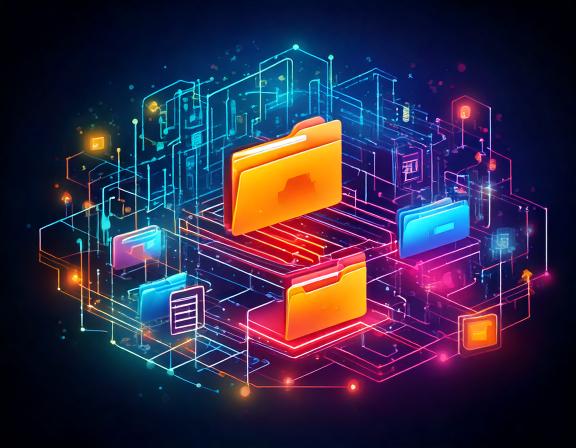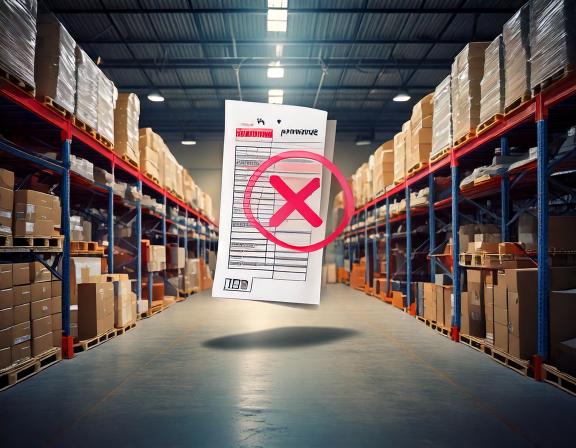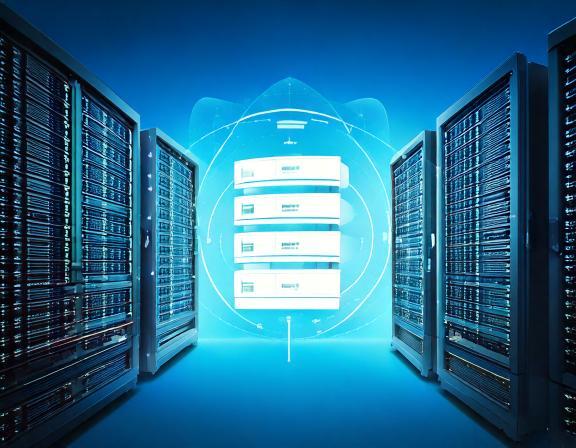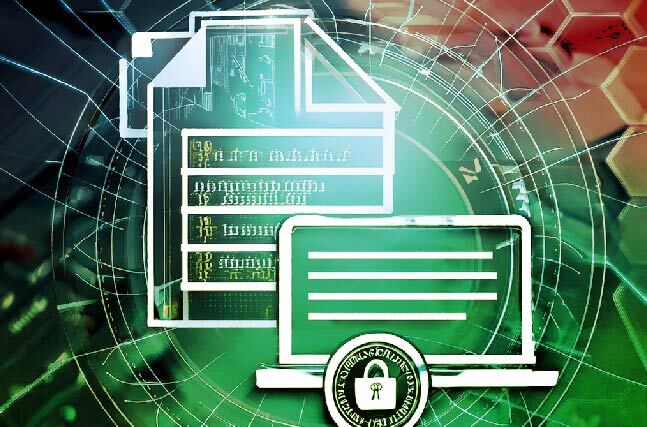MFT Gateway is a hosted Software as a Service (SaaS) solution that enables file exchange over the AS2 or SFTP protocol, without the need to install or maintain.
- Blog
- How Does EDI Contribute to the Transportation and Logistics Industry?
EDI
How Does EDI Contribute to the Transportation and Logistics Industry?
EDI is at the forefront of digital transition in transportation and logistics

Thanura Jayatissa
Published: 19 Sep 2023

Electronic Data Interchange (EDI has evolved as the preferred channel for logistics and transportation companies, enabling them to enhance operational efficiency, gain supply chain visibility, and strengthen customer relationships within their ecosystem. This article explores EDI’s role in the Transportation and Logistics Industry.
In today’s fast-paced transportation and logistics sector, effective communication and data exchange are vital. EDI is at the forefront of this digital transition. By replacing traditional paper-based processes with digital formats, EDI not only improves efficiency but also provides long-term and convenient data storage, meeting the evolving requirements of logistics stakeholders in this ever-evolving industry. This article aims to offer insights into the functioning of EDI within the Transportation and Logistics industry.
What is EDI in Logistics?
EDI is the electronic exchange of business-critical documents using a globally accepted standard format over a secure protocol. Before the introduction of EDI, companies would manually extract information from one system, enter it onto paper or a spreadsheet, and then send it to the recipient. The entire data extraction process was done manually. Managing this endless paper trail was a tiresome task that often resulted in errors and delays. However, the introduction of EDI successfully eliminated these issues, revolutionizing the way B2B communication was happening in Logistics.
How EDI Simplifies Logistics
The primary goal of EDI is to speed up and simplify the operations of a logistics company by standardizing, automating, integrating, and simplifying crucial data exchanges. The EDI process comes into play when companies need to exchange electronic documents, such as X12, EDIFACT, Tradacoms, ODETTE, EANCOM, VDA, and more. When a business shares a document using EDI, the EDI system transforms it into an EDI message and sends it to the trading partner. Depending on their EDI setup, there might be a broker network connecting both parties (in a hybrid or indirect EDI integration), or the organization will maintain these connections themselves (in a direct integration). This entire process typically only takes a few minutes. Sending these messages through emails, fax, or phone calls manually could take a day or longer. However, using EDI, it’s automated and done in minutes, significantly speeding up the processing speed for logistics.
Common EDI Logistics Transactions
Every industry has its own regular EDI transactions and each EDI document transaction contains a certain amount of important data. EDI follows strict formatting rules that specify where and how data is located and used within each document. Each EDI document is associated with a unique transaction number within the public EDI format. For example, Imagine a manufacturer receiving an order from a retailer. When the order is ready to be shipped, they use EDI 940: Shipping Order to tell a third-party logistics team (3PL) to send the products to the retailer. Once the 3PL team has everything ready to go, they send another EDI 945:Warehouse Shipping Advice to say they’ve started the shipment. The manufacturer then sends an EDI 856:Advance Shipping Notice to the retailer so they can keep track of the delivery. In addition to those some common EDI transport transactions for logistics companies include:
- EDI 943: Warehouse Stock Transfer Shipment - An advance ship notice typically sent ahead of time to a remote warehouse, giving them a prior notice that a shipment is on the way from the manufacturer
- EDI 944: Warehouse Stock Transfer Receipt Advice - Sent by the logistics company to confirm the arrival of a shipment
- EDI 947: Warehouse Inventory Adjustment Advice - Sent by the logistics team or 3PLs to inform their clients about any alterations in the inventory
- EDI 858: Shipment Information
- EDI 990: Response to a Load Tender
Conclusion
Electronic Data Interchange (EDI) has revolutionized the way the transportation and logistics industry operates. By automating data exchange and ensuring standardized B2B communication, EDI enhances efficiency and transparency while reducing human errors and delays. Being EDI-compliant is key to staying competitive in the fast-paced world of logistics. To elevate your logistics business, consider implementing a modern EDI solution like EDI Generator, which will ensure flexibility and seamless integration into your logistics system.
Explore our EDI solutions further by discovering the capabilities of our EDI Generator. Don’t hesitate to contact us at support@edigenerator.com!

Talk to an EDI Expert
Join hundreds of organizations already taking full control of their B2B AS2 communications with our trusted solutions. Contact us today to tailor a solution that fits your specific AS2 EDI needs.
Related Articles
View All BlogsExplore our product stack
Try before you buy with a 30-day Free Trial
No commitment, all value. Try the AS2 Solution Risk-Free and discover how our solutions can transform your business workflows. No credit card required.
Explore Your Possibilities
Elevate AS2 Communications with our EDI and AS2 Solutions
See how our AS2 and EDI solutions can simplify your integrations, boost efficiency, and keep you compliant—request a personalized demo today.


